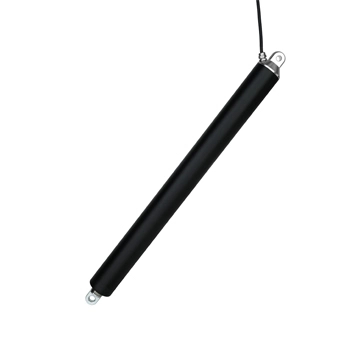High-speed linear actuators are engineered to provide rapid and efficient linear motion in applications that require quick response times and fast movements. To understand their mechanics, it's important to consider their key components and operating principles.
These actuators generally feature a high-speed motor that generates the necessary torque and speed for rapid movement. The motor is typically paired with a transmission system, such as a ball screw or lead screw mechanism, to convert the rotary motion of the motor into linear motion.
The transmission system plays a crucial role in achieving high speeds while maintaining precision and accuracy. It translates the rotating motion of the motor into linear movement by utilizing a screw and nut assembly. The precise thread pitch of the screw ensures smooth and consistent linear translation.
To enhance performance and minimize backlash, high-speed linear actuators often incorporate anti-backlash mechanisms and linear guides. These components help minimize any unwanted play or slack in the system, ensuring precise and reliable motion control.
Electronic control systems, such as position feedback sensors and controllers, are integrated into these actuators to enable precise position control. These systems provide feedback to ensure the actuator moves to the desired position accurately and efficiently.
Overall, the mechanics of high-speed linear actuators involve a combination of a powerful motor, transmission system, anti-backlash mechanisms, and control systems, working together to deliver rapid and precise linear motion. Understanding these mechanics is essential when selecting and utilizing high-speed linear actuators in various applications.
 DDTG-16 Micro Tubular Linear Actuator
DDTG-16 Micro Tubular Linear Actuator
 DDTG-28 Micro Tubular Linear Actuator
DDTG-28 Micro Tubular Linear Actuator
 DDTG-38 Micro Tubular Linear Actuator
DDTG-38 Micro Tubular Linear Actuator













